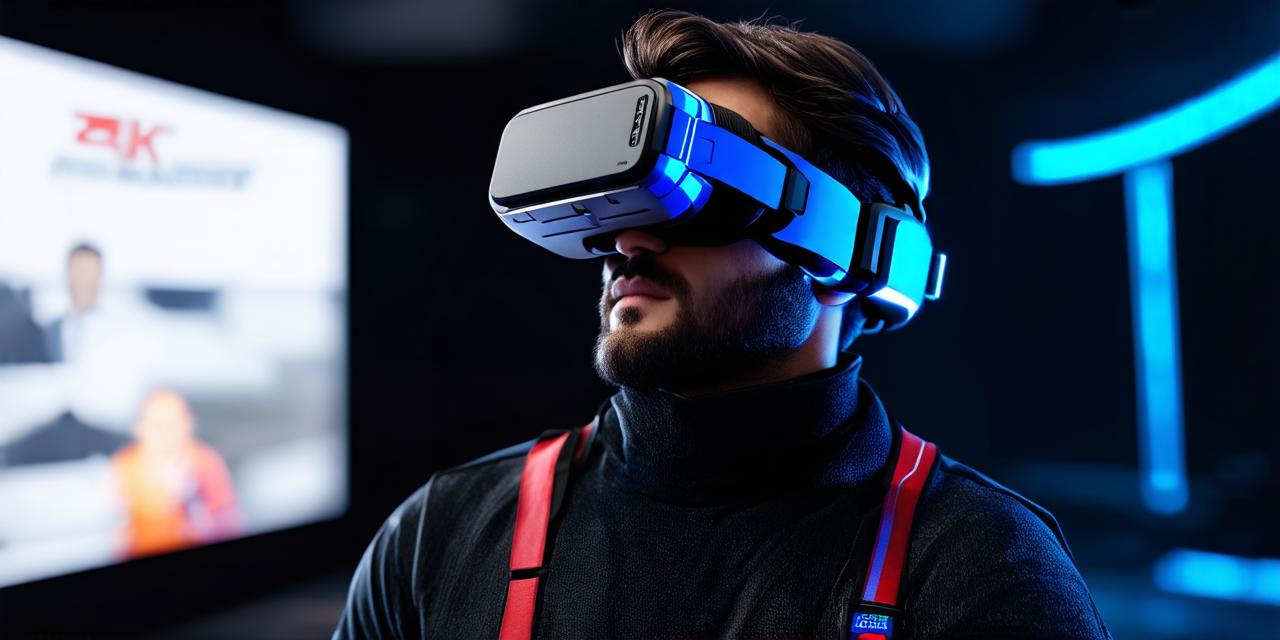Virtual reality (VR) technology has been advancing rapidly in recent years, with many industries and applications already adopting this immersive technology. In this article, we will explore the benefits and drawbacks of virtual reality, as well as its potential impact on society.
Benefits of Virtual Reality
1. Immersive Experiences: VR provides an incredibly immersive experience that can transport users to different environments or even simulate real-world scenarios. This technology allows for a more realistic and engaging way to learn, work, or play.
2. Improved Training: With virtual reality, trainers can simulate dangerous or complex situations in a safe environment, allowing trainees to practice their skills without risking injury or damage to equipment. For example, firefighters can practice fighting fires in a virtual environment, while surgeons can practice complex procedures in a virtual operating room.
3. Enhanced Education: Virtual reality technology can be used to enhance educational experiences by providing students with immersive and interactive learning environments. Students can explore historical events, science concepts, or even foreign languages in a more engaging way.
4. Gaming: Virtual reality is also a popular gaming platform, allowing users to experience games in a whole new way. VR games can be incredibly immersive and engaging, providing a unique gaming experience that traditional console and PC games cannot replicate.
5. Medical Applications: Virtual reality has many medical applications, including pain management, therapy, and rehabilitation. For example, patients with PTSD can use virtual reality to confront their fears in a controlled environment, while patients recovering from injuries or surgeries can use virtual reality to regain mobility and strength.
Drawbacks of Virtual Reality
1. Expensive Technology: VR technology can be expensive, with high-end equipment and software costing thousands of dollars. This can limit its accessibility to many people and organizations.
2. Motion Sickness: Some people experience motion sickness when using virtual reality, which can be uncomfortable and disruptive.
3. Isolation: Virtual reality can also be isolating, as users may spend long periods of time in a virtual environment without interacting with other people. This can have negative impacts on mental health and social development.
4. Privacy Concerns: Virtual reality technology can collect personal data, which raises concerns about privacy and security. Users must be aware of the potential risks associated with using VR technology.
5. Addiction: Some people may become addicted to virtual reality experiences, leading to negative impacts on their mental health and well-being.
Conclusion

Virtual reality is a powerful technology that has many benefits, but it also has its drawbacks. As with any new technology, it is important to consider both the potential advantages and disadvantages of virtual reality before adopting it for personal or professional use. By being aware of these factors, users can make informed decisions about whether virtual reality is the right choice for them.



